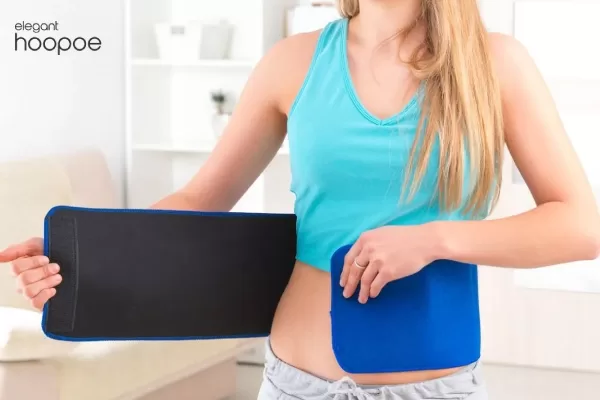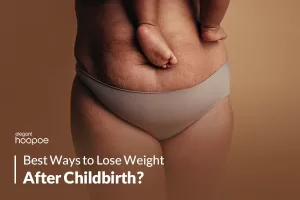You’re standing in front of the mirror, turning side to side, wishing you could make your waistline slimmer or flatten your stomach. You’ve tried exercise and diet changes but still aren’t seeing the results you want. Then an ad pops up for a “slimming belt” that promises to trim inches off your waist. Could a belt really slim you down? You click on the ad, intrigued. But do these belts actually work or are they just another gimmick? Stick around as we break down the facts on slimming belts, including what they are, the science behind them, and whether experts think they live up to the hype. We’ll give you the real deal so you can decide if trying a slimming belt is worth your time and money.
Read more: What are the worst ways to lose weight?
What Are Slimming Belts?
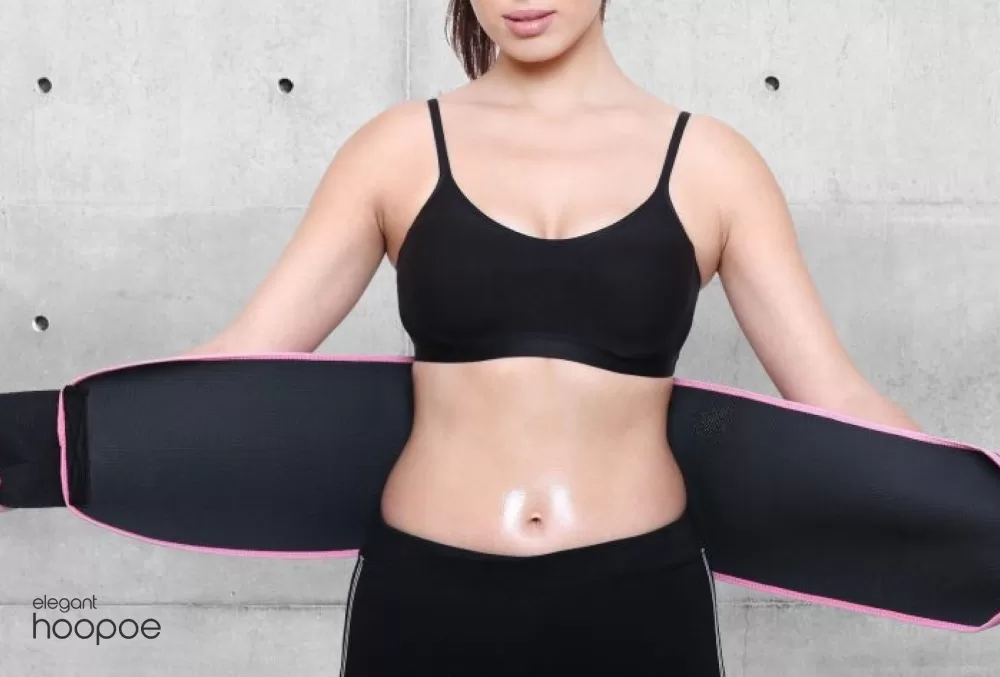
Slimming belts, also known as waist trainers or belly bands, are elastic belts you wrap around your midsection to supposedly help you lose weight and achieve an hourglass figure. The belts apply compression to your core, abdomen and back, which proponents claim can help slim your waistline, improve posture, and support your back.
elegant hoopoe is the leading slimming center in Dubai, here we have provided our clients with cutting edge technologies that can aid them in their weight loss journey. Contact us for more information.
How Do Slimming Belts Work?
The idea behind slimming belts is that they generate heat and make you sweat more in the area where you wear them. This is supposed to remove excess water weight and fat from your midsection. The belts also provide compression that can temporarily reshape your figure and make you appear thinner. Some people also use slimming belts to help improve their posture and provide back support during exercise.
Recommended article: Best way to get a flat belly.
Are Slimming Belts Effective for Weight Loss?
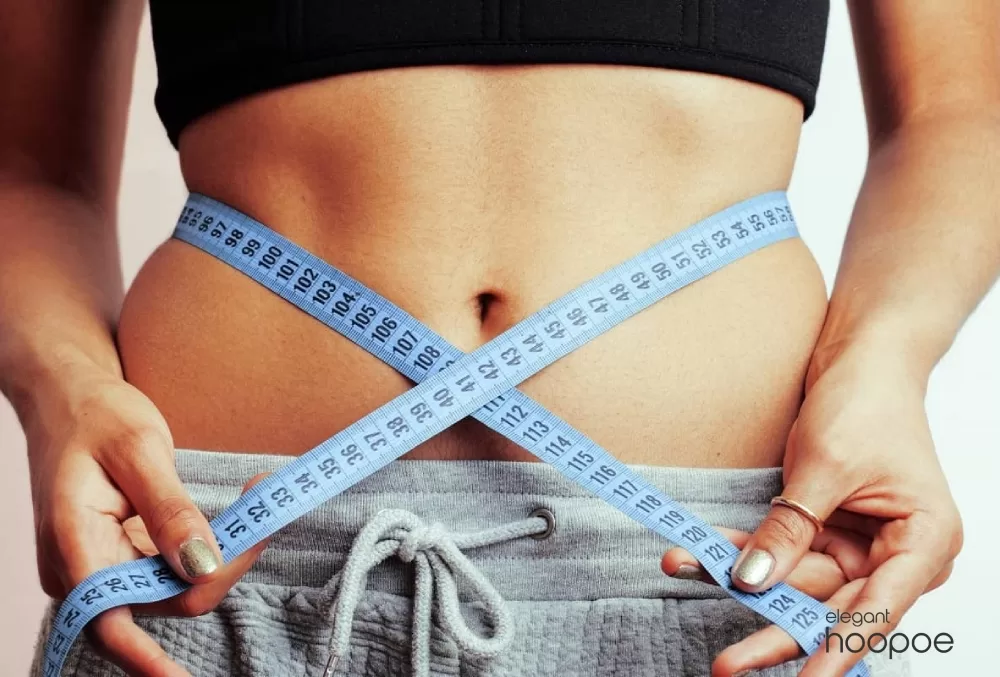
While slimming belts may provide some temporary benefits like improving your posture or making you appear slightly thinner under clothing, there is little evidence that they are effective for long-term weight loss or fat reduction. Losing weight and inches requires making sustainable lifestyle changes like following a balanced diet and exercise plan. Slimming belts alone will not melt away belly fat or strengthen and tone your core muscles.
Are Slimming Belts Safe to Use?
Slimming belts are generally considered safe for short-term use, but as with any product, moderation is key. Wearing a slimming belt for extended periods of time or making it too tight can potentially cause discomfort, pain, and even tissue damage. It’s best to follow the recommendations from the product and slowly ease into using a slimming belt, increasing the amount of time over weeks or months as needed. You should stop using a slimming belt if you experience pain, discomfort or other issues. It’s also a good idea to talk to your doctor before using one if you have any underlying health conditions.
In summary, slimming belts may provide some temporary benefits, but they are not effective or sustainable solutions for losing weight or belly fat. The only way to achieve real results is through healthy eating and regular exercise. Slimming belts can be used safely in moderation, but you need realistic expectations about what they can and can’t do. The real slimming magic happens when you develop smart lifestyle habits, not by relying on the empty promises of gimmicky products.
Different Types of Slimming Belts
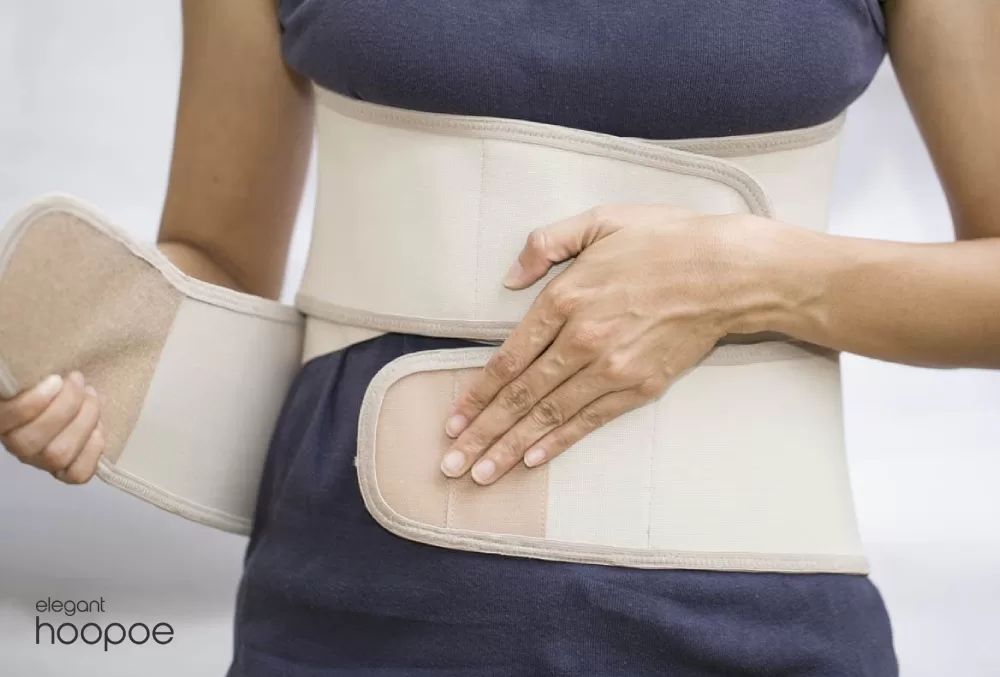
Neoprene Slimming Belts
Neoprene is a thick, stretchy material used in many slimming belts. It helps generate heat and make you sweat, which some believe can help reduce inches. Neoprene belts typically only provide temporary results from water loss, though. They can be uncomfortable to wear for long periods due to the heat and sweating. Neoprene belts may provide back support, but likely won’t yield long-lasting slimming effects on their own.
Fat Burning Slimming Belts
Slimming belts that use infrared light, magnetic fields, stimulation pads and/or vibration are said to actively burn fat by heating up tissues under your skin or stimulating muscle contraction. However, there is little evidence these techniques actually help burn a significant number of calories or reduce fat. They may cause temporary inch loss from water loss due to sweating, but results are unlikely to last. These types of belts tend to be more expensive, yet less effective than advertised.
Sauna Slimming Belts
Sauna slimming belts, or heat belts, are designed to make you sweat profusely in the midsection, which proponents claim can help burn fat and lose inches. As with neoprene belts, any results would be temporary from water loss. Sauna belts can cause dehydration and overheating if used improperly or for too long. They provide no real fat burning or toning benefits on their own. You would need an effective diet and exercise plan to achieve real results.
Vibrating Slimming Belts
Vibrating slimming belts use electrical stimulation pads to contract your core muscles repeatedly, which some believe can provide muscle toning and strengthening over time. However, while muscle stimulation may have certain benefits, it likely does not translate to fat loss or significant inch reduction on its own. Any toning effect would be limited since you can’t target fat loss to any one area of the body. Diet and aerobic exercise are still needed for real weight loss.
As with any quick-fix slimming method, slimming belts are not effective on their own and should be used with caution. For the best results, stick to tried-and-true methods like improving your diet, reducing calorie intake and engaging in regular aerobic exercise. Slimming belts may provide temporary enhancement at best, but are not replacements for real lifestyle changes.
They Might Slightly Boost Fat Burning
Some research shows that heat and electrical stimulation may have a minor effect on fat burning when used during exercise. A study found that people who wore a heat-producing slimming belt during cardio exercise burned slightly more fat than people who exercised without one. Another study found a small increase in fat burning when electronic muscle stimulation was applied during cycling exercise. However, the effects were relatively small, and more research is needed.
Diet and Exercise are More Important
While a slimming belt may provide some very modest benefits when used during exercise, diet and exercise are far more important for meaningful weight loss. A reasonable calorie deficit of about 500 to 1000 calories per day through diet and exercise is required to lose about 1 to 2 pounds per week. No belt will melt away fat or strengthen your core muscles with passive use alone. To lose weight in a sustainable way, focus on a balanced nutritious diet, regular aerobic exercise, and strength training for your core and major muscle groups.
The bottom line is that while some slimming belts may provide very minor or temporary benefits, none will produce meaningful weight loss without diet and exercise. Belts should not be viewed as a substitute for developing long-term healthy eating and exercise habits. The effects seem to be largely psychological, providing an illusion of fat loss where there is none. The money spent on these products may be better invested in nutritional foods and gym memberships. There are no shortcuts to real weight loss. Consistency and commitment to a well-rounded fitness regimen are key.
If you want to get in shape faster and lose those extra fat pockets quicker, there are quite a few good options to go with. For instance, body contouring treatments are currently very popular for those who would like to shape specific parts of their body.
Are Slimming Belts Safe to Use? Potential Dangers
Slimming belts are generally considered safe for short-term use, but there are some risks to be aware of. These belts work by compressing your midsection, which can lead to discomfort and even pain if used improperly or for too long.
Muscle Strain
If a belt is too tight, it can strain your back and abdominal muscles. Look for a belt with adjustable Velcro closures so you can loosen it if you experience discomfort. Never wear a belt for more than a few hours at a time, and take breaks from using it regularly to give your muscles a chance to recover.
Circulation Issues
Slimming belts that are very tight can potentially restrict blood flow in the area. This can cause dizziness, nausea, and numbness. Loosening the belt, taking it off, elevating your legs, and lying down can help relieve these symptoms if they occur. It’s best to avoid wearing belts that cause discomfort or changes in sensation.
Related article: Does SculpSure work? or it is just fake advertisement?
Digestive Problems
Slimming belts that put pressure on your midsection may cause issues like constipation, bloating, and heartburn for some people. The compression can slow digestion and make it difficult for gas to pass through the intestines. Loosen the belt during and after meals to minimize these effects. Staying hydrated and maintaining a high-fiber diet can also help promote regularity.
Skin Irritation
The constant pressure from a slimming belt may irritate your skin, especially if worn for long periods. Look for a belt made of breathable materials like cotton and avoid wearing it directly against bare skin. Apply a barrier cream to prevent chafing and wash the area thoroughly after removing the belt. Allowing your skin to rest from the belt for several days at a time can help prevent ongoing irritation.
When used properly and in moderation, slimming belts are unlikely to cause lasting harm. However, it’s best to talk to your doctor before using one, especially if you have a medical condition like diabetes or heart disease. Close monitoring of your comfort and any side effects will help ensure safe and effective use of a slimming belt.
How to Use Slimming Belts Correctly for Best Results
To get the most out of your slimming belt, it’s important to use it properly. When used correctly and consistently, slimming belts can help support your weight loss efforts by increasing core temperature and compression. However, misuse can lead to discomfort and injury. Here are some tips to use your slimming belt safely and effectively:
Choose the right size
Slimming belts come in a range of sizes, so make sure you choose one that fits snugly but still comfortably around your waist. A belt that is too tight can cause discomfort, while one too loose won’t provide the benefits of compression and support. Measure your waistline and follow the size chart to determine the best size for you.
Start slowly and build up
Don’t jump into wearing your slimming belt for long periods right away. Start with just 15-20 minutes at a time, 2-3 times per week. This allows your body to get used to the sensation and compression. Increase the time by no more than 10 minutes each week until you reach the recommended usage. This gradual process will minimize discomfort and reduce the risk of side effects.
Stay hydrated
Compression from the slimming belt can cause you to sweat more, so be sure to drink plenty of water to avoid dehydration. Staying hydrated will also help your skin and tissues adjust to the belt, reducing irritation.
Take breaks
Even with gradual buildup, it’s a good idea to take breaks from your slimming belt. Try wearing it for just 5 days a week, or take weekends off. Periodic breaks will prevent your body from getting too accustomed to the compression, allowing continued benefits. It also gives your skin a chance to recover from any irritation.
Choose the right activities
For the most effective results, wear your slimming belt during cardio exercise or other physical activity. The increased body heat and compression will enhance calorie burning during exercise. However, avoid wearing the belt for prolonged periods when sitting or standing still, as this can lead to discomfort without providing benefits. Only wear the belt when active or exercising.
By following these tips, you can use your slimming belt safely and properly to support your weight loss goals. Be consistent but also listen to your body, and you’ll get the best results.
Conclusion
You may still be on the fence about whether slimming belts are worth it. The truth is, they won’t magically make fat disappear or get you six-pack abs. But used along with a healthy diet and exercise, they may provide some extra motivation and make your workouts feel more effective. Just don’t rely on them as a quick fix or sole weight loss strategy. Focus on developing long-term healthy habits, and any extra help from compression and increased sweating is just a bonus. Keep your expectations realistic, but if you want to give slimming belts a try, go for it! The placebo effect is real and every little bit helps. Just listen to your body, stay hydrated, and be kind to yourself along the way.


